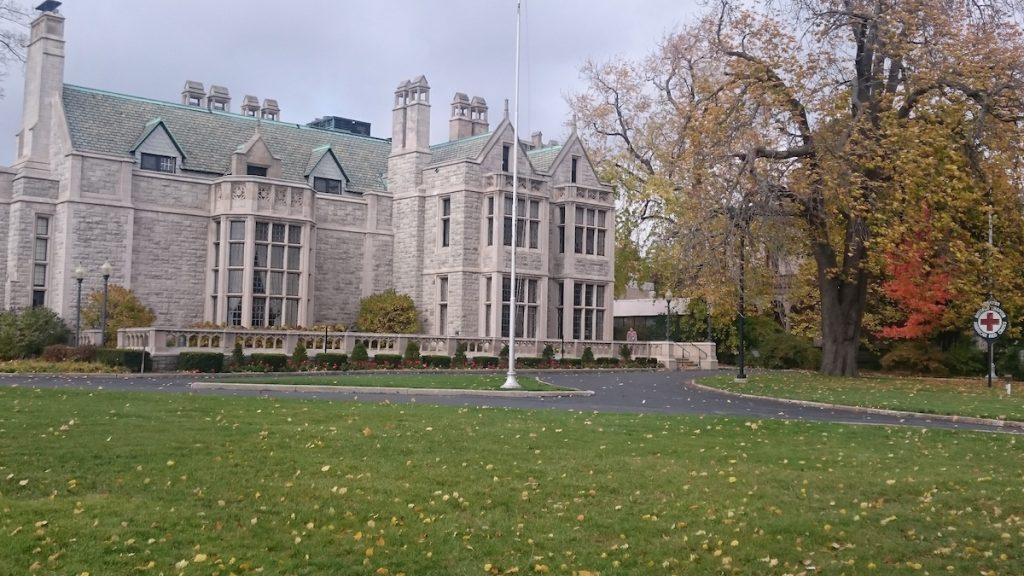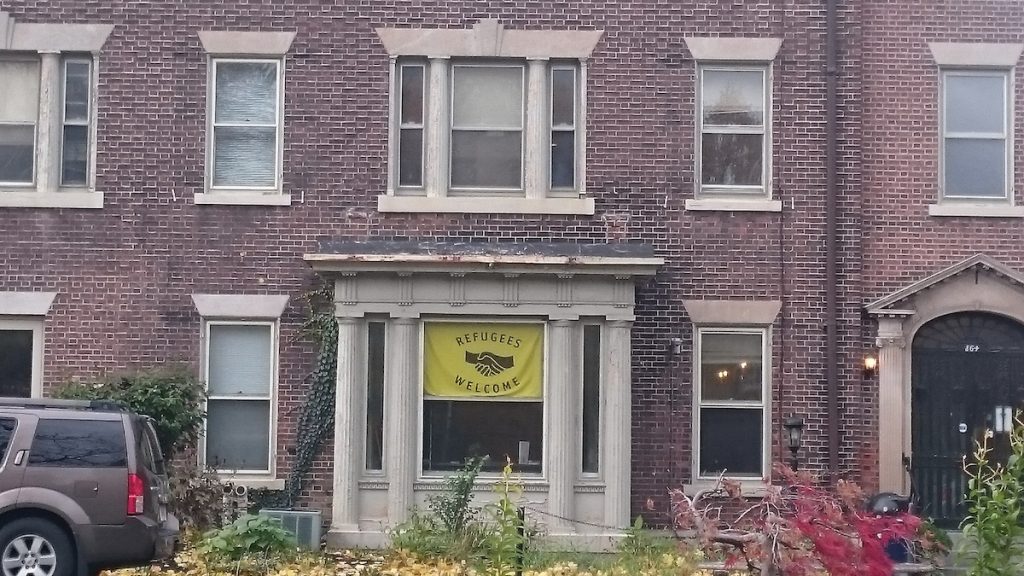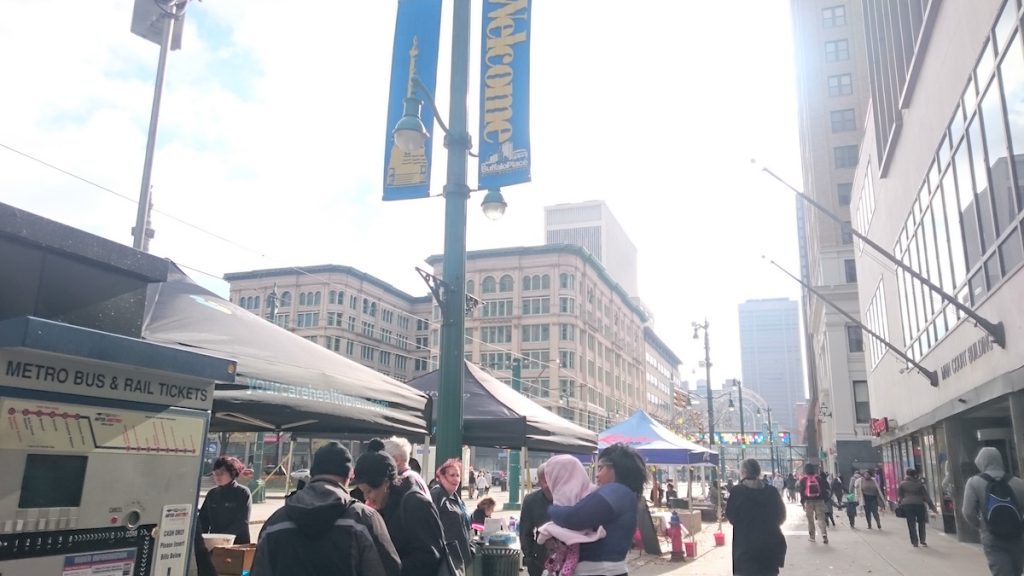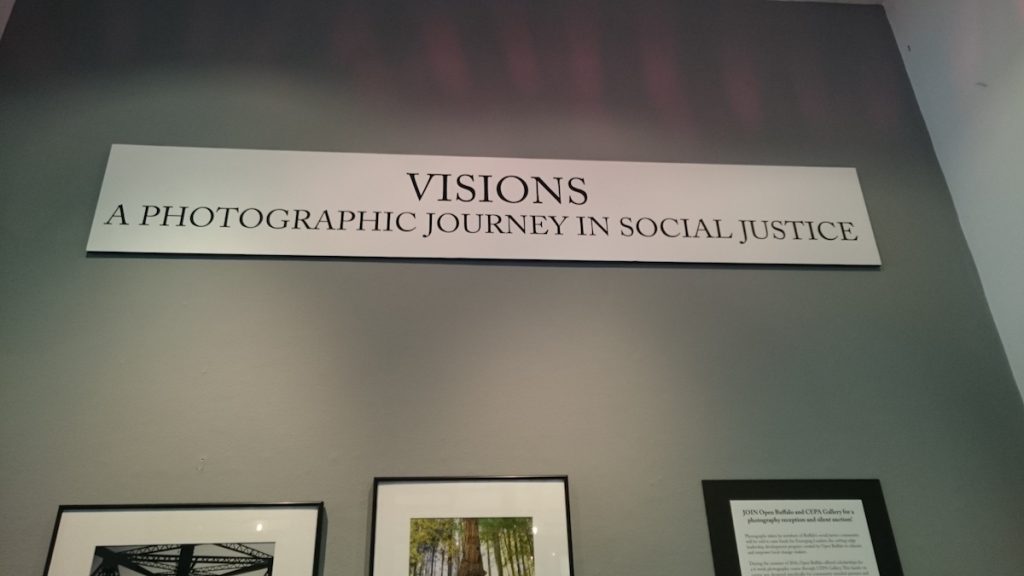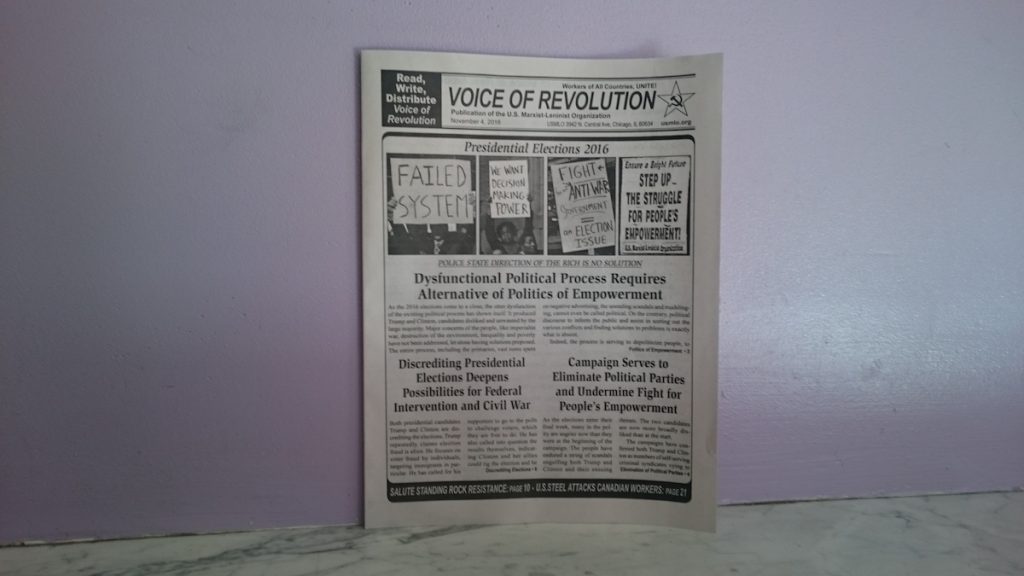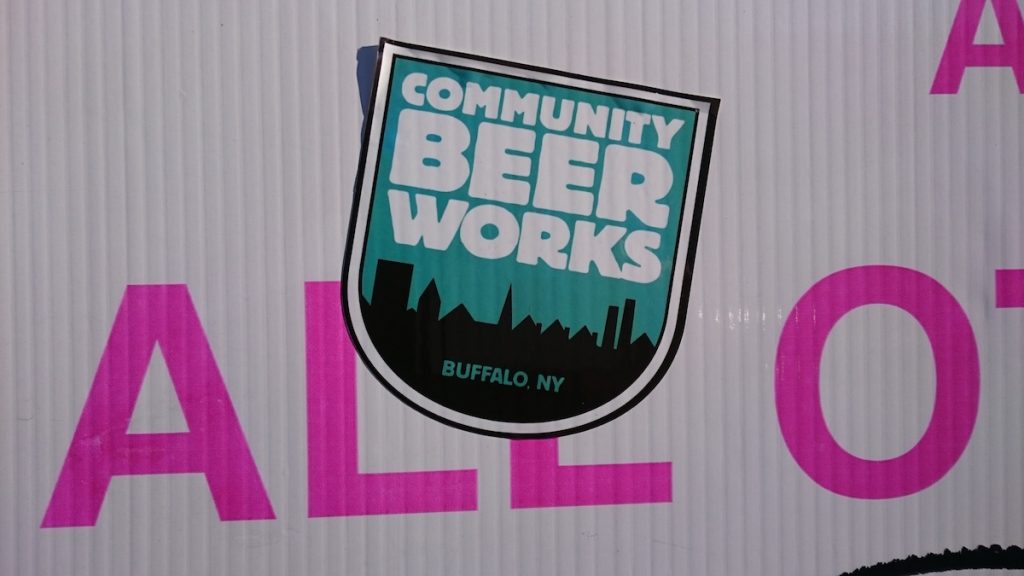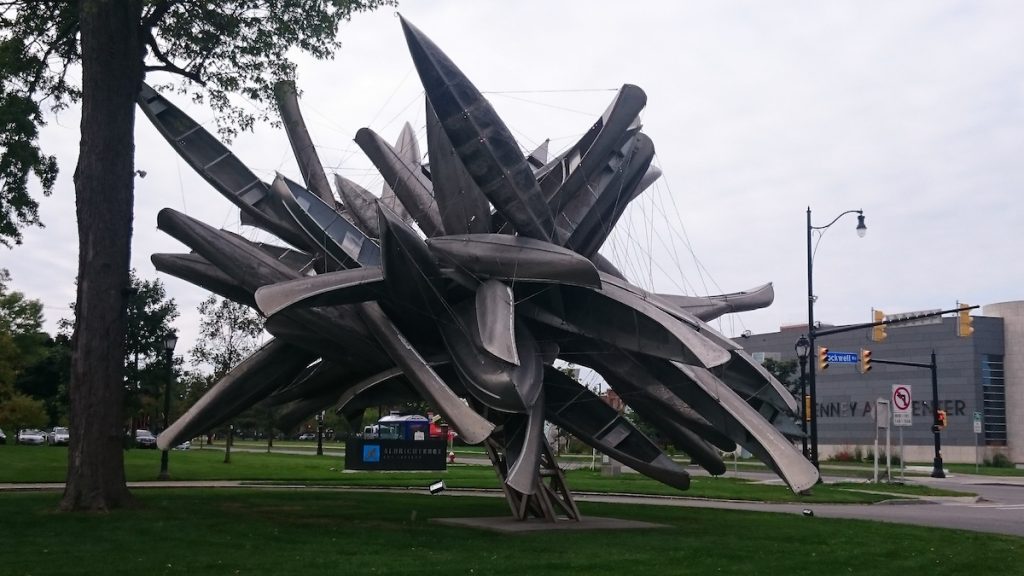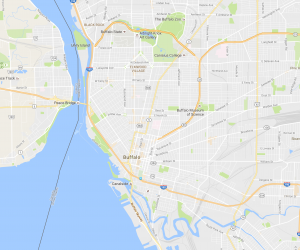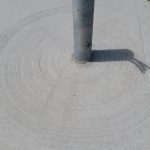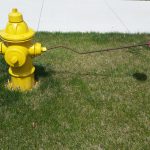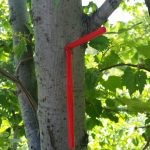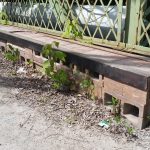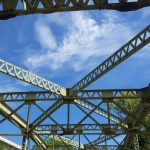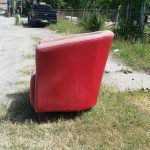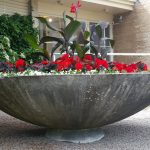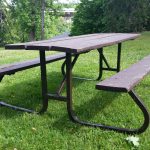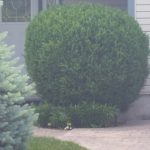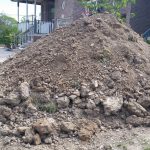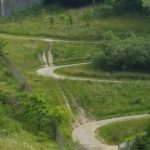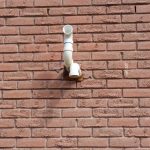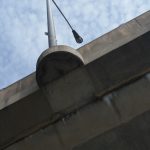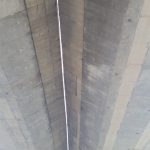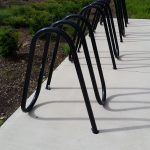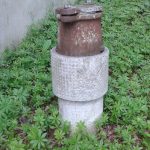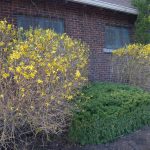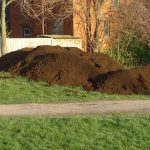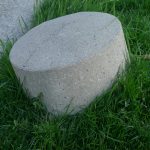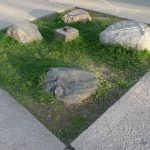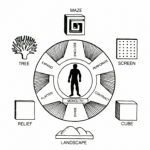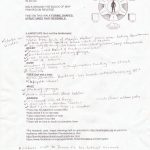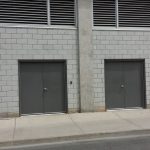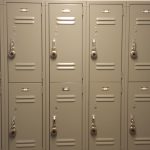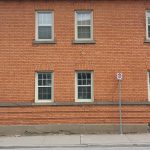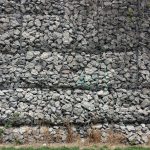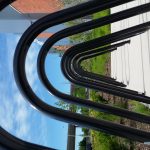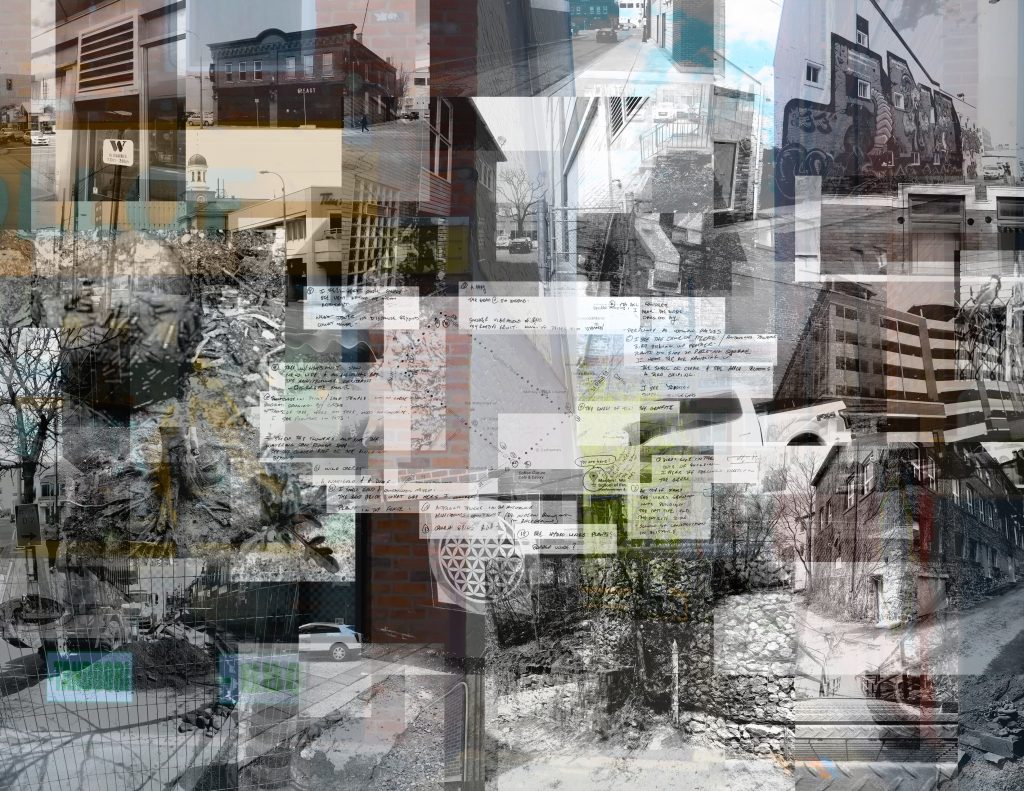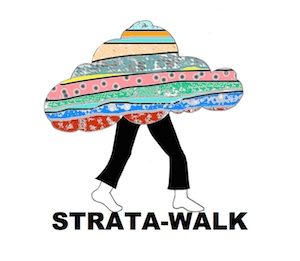I was in Buffalo again yesterday, having planned a long walk to see the beautiful architecture of the city. As it was only two days after the horrifying US elections, I hadn’t really wanted to go, but having already made the plans, I followed through. I did see architecture, many beautiful buildings and an interesting urban design, but what I ended up looking for was signs of hope.
I found it in the first café that I entered, looking for a coffee to begin the walk with. The signs are the door proclaimed that all was welcome, an LGBTQ+ safe space. Then I walked down “Millionaires’ Row” on Delaware Avenue, looking at the enormous mansions that have all become prep colleges, doctors’ offices, and organizational headquarters of NGOs. This, for example, is the Red Cross office:
At another NGO mansion, I saw this in a window:
Yes!
There were people giving away juice and donuts downtown, and I felt the human connection there warming.
There was an art show of photographs “taken by members of Buffalo’s social justice community” that was raising funds for a leadership development program.
Yes!
There was this Marxist/Leninist newsletter that I found in the foyer the re-purposed church where Ani DiFranco’s Righteous Babe Records has taken up residence on the second floor. Its front page shouted maxims that seemed at the moment to be exactly right (Yes! Revolution! We Must Unite!), though revolution how? Unite how?
And this sticker strangely proclaiming “Community Beer Works”! I don’t know what that means but I think I like it. Let’s be a community and drink beer.
These small signs of hope helped to lift my spirits a little, though hope is, perhaps, the wrong word or not the only word. Perhaps it is more like signs of resistance, signs of action, signs of love that can replenish, so one can continue on.
I had intended to write this final post for HPU’s residency at WalkingLab that would maybe condense some of the diverse and very different kinds of walks recently undertaken by the different members of HPU. But really, the concept itself is not so complex. Strata-mapping is in the end the art of noticing, naming, and imagining, which is not difficult so much as it takes practice (like love). It needs to become habitual (like love). It needs to be an everyday practice, it needs to be done everyday and routinely, like walking in the city and finding small signs of hope and love and community (beer). That, at least, is a start.
